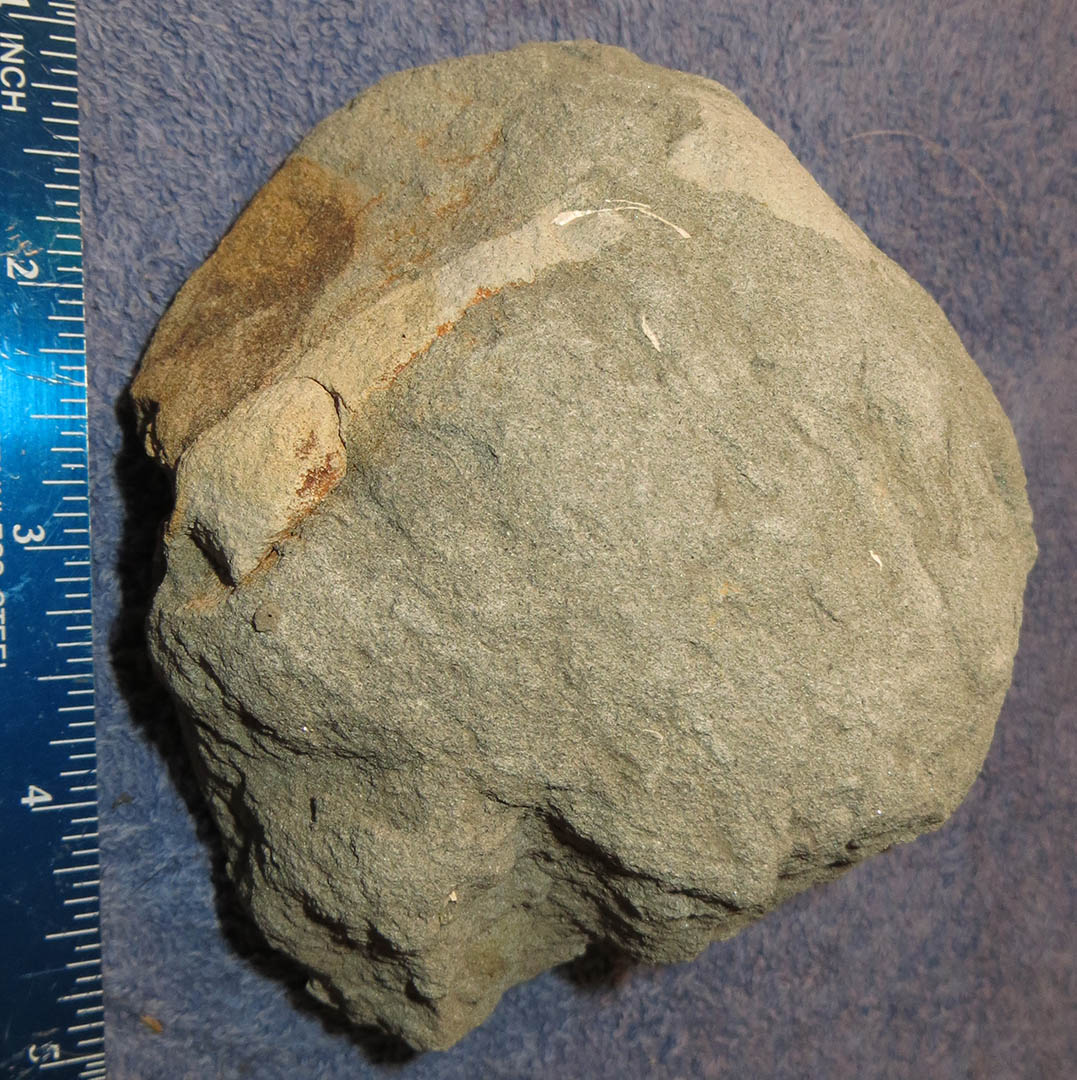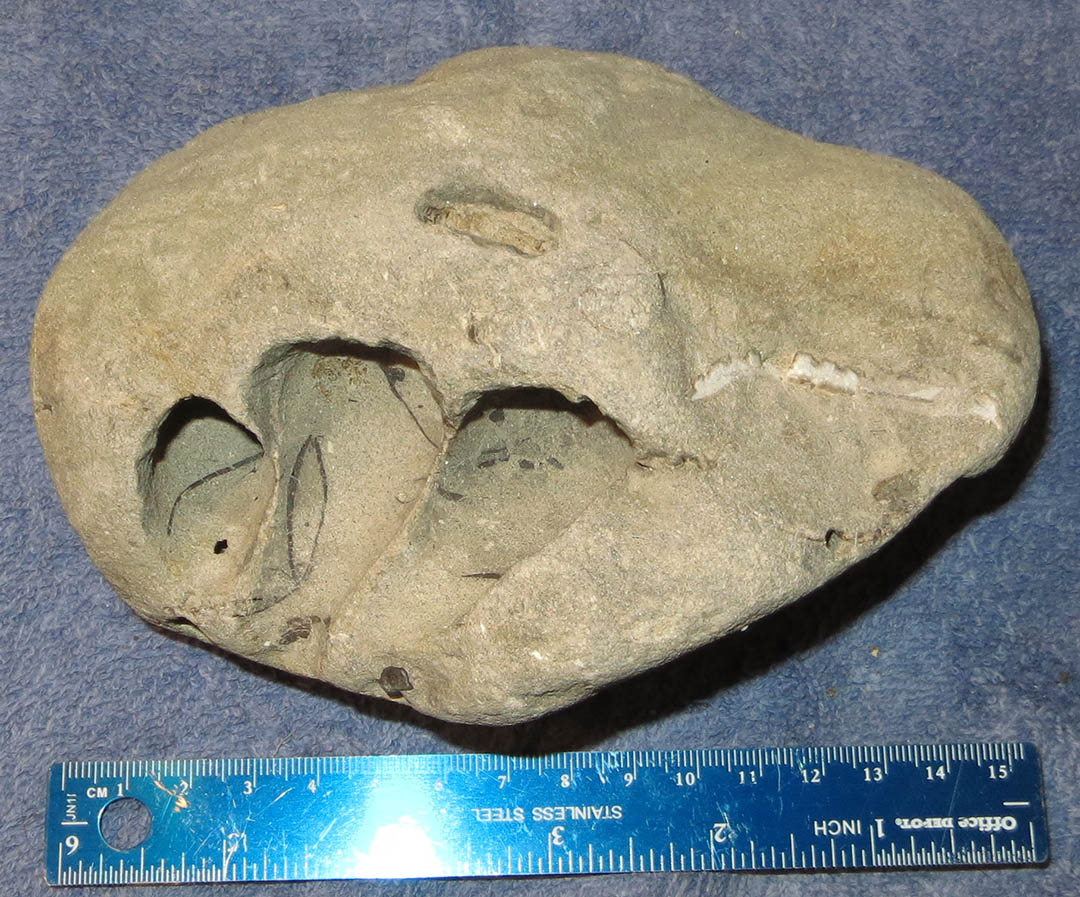
... evidence for the evolution of the crocheted kraken...
As I said in the blog post [
Beginner's Crochet and Basic Projects (Crochet #1)]- about a month ago I was shown a really cool scale design that had been crocheted... and suddenly, and unexpectedly, realized
I wanted to know how to crochet so I could make a similar design, in wire. This was when I realized that I suddenly, and
urgently, needed to learn to crochet! (as i said in the first crochet post, i really didn't see this coming, at all).


So, to gain the experience I would need for making scales, I made
<~ a face cloth,
and then a hat ~> ,
and then
started on the next

...
(more
complex)
...
... hat ~>
... I know, where is the kraken?!
I just wanted to
demonstrate, first, how quickly,
in crochet, you can move
from making a simple
useful thing (face cloth)
to making something very
useful and functional
(hats)
to making *really* important things (krakens and scales!).
As you test this pattern (because, yeah... while i tested this on myself, this is the first crochet pattern I've ever written, there may be an error or 2, but contact me and i'll help you through and correct the pattern!)
Crocheting a Kraken (or squid ; )

First, choose your color and texture!
You can choose yarn or any sort of string, but if you are fairly new to crochet I suggest something that isn't too fuzzy, complex, or very fine for this project.
I crocheted 2 squid / krakens, partly because the first one was made
from a bulky yarn which looked better with a larger design than I'd
originally intended (for my hat ; ) ... and partly to test the pattern I created for the kraken.
Keep in mind that the size of the "string" (yarn) will directly affect the size of your kraken, hopefully the sizes I used will give you an approximate guideline if you alter sizes.
The Giant Squid / Kraken Crochet Pattern
[The first photos are of the squid before stuffing!]
Things You'll Need (Materials)
~yarn/ string/ ?thread ~crochet hooks
~eyes (beads/ buttons) ~scissors
~needle ~choice of stuffing
First choose your yarn / string.

< {A- for my first kraken I used "Bulky" yarn (Loops and Threads~
Charisma) and a "K" crochet hook ("L" was suggested on the packaging).
{B- for my second kraken I used "Fine" yarn (Merino wool) and "F" and "G" crochet hooks. >
One important thing to recognize: if you are following these instructions and you aren't using U.S, crochet definitions you may/will have to translate the stitches!
US to UK conversions are
here. If you *are* converting, I recommend printing out the instructions and overwriting your conversion!

Beginning the kraken
1} chain (ch) 3 stitches.
{B use "G" hook for {B squid.
Loop the the 3rd chain to the 1st and get ready to begin the next row of stitches...
{B for {B squid switch to to "F" hook.
2} crochet 2 double crochet (dc) in each for one round ( = 6 dc).
3} single crochet (sc) for one round ( = 6 sc).
4} sc in each stitch and in every 3rd stitch crochet TWO single crochet stitches (2 sc) (result = ~8 sc in this round)~ this is called an "increase" (incr = increasing the number of stitches per row over the previous row by putting more than one stitch in some (or all) stitches from the previous row)
5} sc in each stitch for one round (~8 sc)
6} sc in each stitch and increase (incr) in every 3rd stitch (result = ~10 sc in this round).
7} sc in each stitch and incr in every 4th stitch (result = ~12 sc in this round).
8} 1sc in each stitch ~4 additional rounds (for {B the length of the body is ~ 1 1/2+" at this point)
9} incr in every 4th stitch (one round).
10} incr in every 6th stitch (for {B the length of the body is ~ 2+" at this point)
11} sc in each stitch for ~7 rounds rounds (there is about 21 sc stitches in each round and for {B the length of the body is ~ 3" at this point)
12} sc in each stitch skipping over every 5th stitch~ this is called a
"decrease" (decr = decreasing the number of stitches per row compared to the
previous row by putting fewer crochet stitches in some stitches
from the previous row) for one row.
13} decr sc every 3rd stitch for one row (result = 8 sc in this round)
14} 1 round of sc in each stitch (8 sc "links") ~ these 8 sc will be called the "base 8" (for starting each of the 8 arms)
~> IMPORTANT! DO NOT CUT YARN!
The squid can be stuffed at this point, or stuffed when completed (I stuffed mine after the crochet was completed).
ARMS
15} Each arm will be started in one of the "base 8" stitches, as a continuous piece. The yarn will not be cut until all 8 arms and the 2 tentacles are completed. The arms are each 30-39 foundation chains long (ch). At the end of the chain, return back up the chain starting with single crochet (sc), and continue "up the chain" using either the individual directions for each arm (below) or use YOUR OWN IDEAS. At the top of the chain, stitch through either the stitch used to start that arm or a stitch low on the body, then "turn" and stitch through the next of the "base 8" stitches to start the next arm.
See diagram.
The "abbreviations" that look like e.g. 3(scx2) means THREE sets of what you see in the parenthesis {in other words 2 single crochet stitches in each of the next THREE stitches (sets)} AND 2(scx2, sc) means TWO sets of the stitches inside the parenthesis {which would be scx2, sc, scx2, sc}

15} 1) ch 30 - 12 single crochet stitches (12 sc), 2 sets of single crochets
twice in each stitch (2 scx2), 12 sc, in
the next stitch crochet 2 single crochet stitches (scx2), finish up the arm with sc stitches (sc>) ;
15} 2) ch 36 - 6sc, 3scx2, 9sc, scx2, scx3, scx2, 12sc, scx2, sc, 2(scx2), sc>
15} 3) ch 31 - 3sc, scx2, 6(sc, scx2), 9sc, scx3, sc>
15} 4) ch 39 - 12sc, scx3, 6sc, scx3, 3(3sc, scx3)
15} 5) ch 30 - 3sc, 2(scx3, 3sc), scx6, 12sc, scx3, sc>
15} 6) ch 36 - 13sc, scx2, 13sc, scx2, 3sc, scx3, sc>, last scx6
15} 7) ch 33 - 3sc, 3(scx2), 3sc, scx2, 6sc, 2(scx2, sc), scx3, 6sc, scx3, sc>
15} 8) ch 39 - 2(3sc, scx3, 3sc, scx6), 12sc, scx6, 3sc, scx3, 3sc, scx6, sc>
TENTACLES
16} To start the tentacles ch or sc in a stitch between the last arm and the "mouth" opening in the middle of the arms. a} The tentacles are each also based on a long chain, 54- 57 chains long. b} To create the tentacle sucker pad at the end of each chain (see diagram to the right ~> ) return back up the chain starting with 2 single crochets (2sc), and continue "up the chain" using 2 double crochets (2dc), one half double crochet (hdc), then 2 single crochets (2sc). THEN chain stitch through the chain and interlock chain stitch "around" the pad (ch through only ONE yarn "thread"), down to the tip of the pad then back "up" the other side to join the original descending chain. c} Interlocking chain stitch up the tentacle to the "mouth", d} sc to the opposite side of the "mouth" opening and start a new tentacle chain (between the "mouth" opening and arms opposite the first tentacle).
See diagram for general pattern.
16} 1) ch 54 - then follow instructions outlined above a} through d}.
16} 2) ch 57- then follow instructions outlined above a} through c}. Finish off.
FINS
17} "Flatten" the squid to determine /create sides /edges where each of the 2 fins will be stitched in place. Cut a piece of the yarn ~30" to 36" long and thread it (approximately) through the 1st and 2nd crocheted rows (the narrow end, where you started your crochet kraken!), with approximately half of it sticking out on each side. Each side of the fin will start with a chain stitch to anchor the stitching of each fin. Stitch from the narrow end in a ~ straight line toward the arms ("mouth" opening).
17} side 1) chain on 1, 3sc, 2hdc, dc, dcx2 with hdc (in the same stitch), chain and slip stitch to finish off.
17} side 2) chain on 1, 3sc, 2hdc, dc, dcx2 with hdc (in the same stitch), chain and slip stitch to finish off.
I'm realizing I should find those diagrams I made and add them : )
~> ~> ~>
Join us in our ongoing Quest...
... continued ...




























































